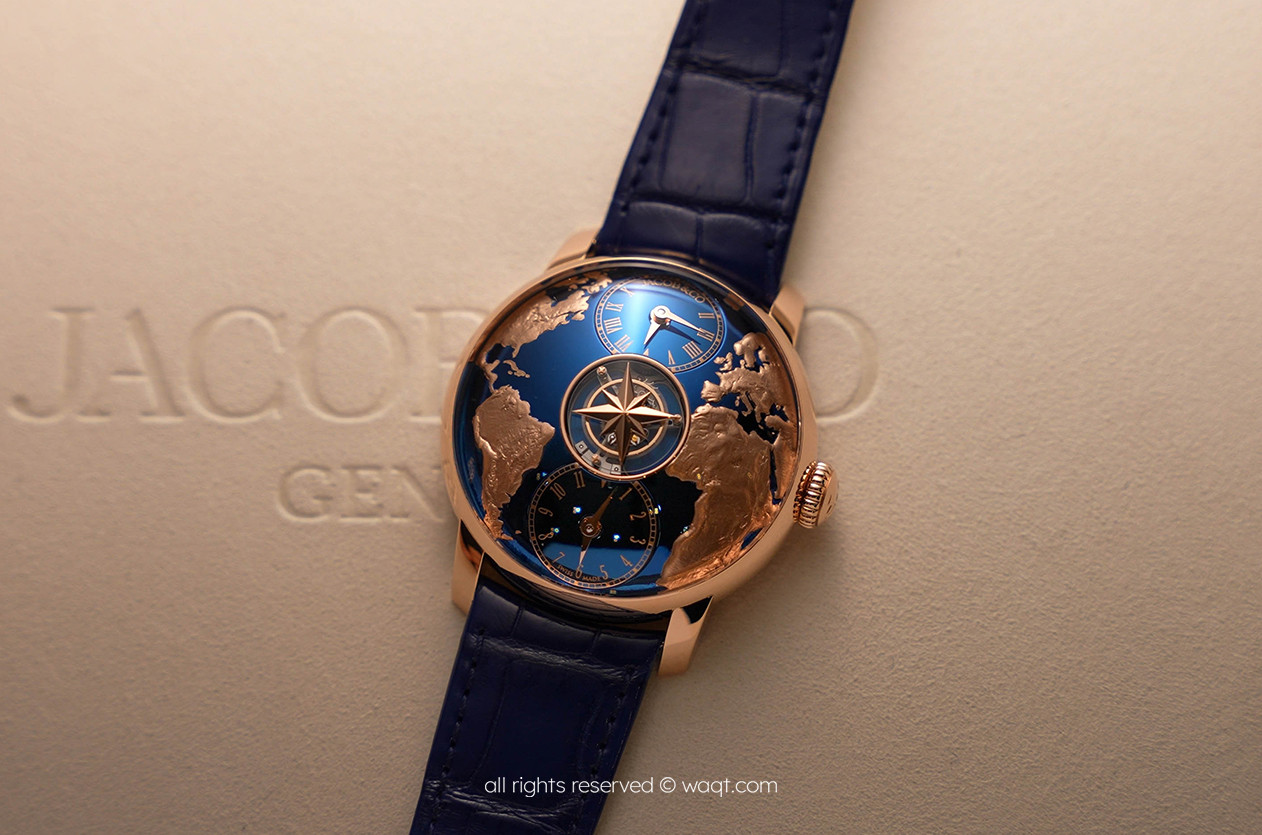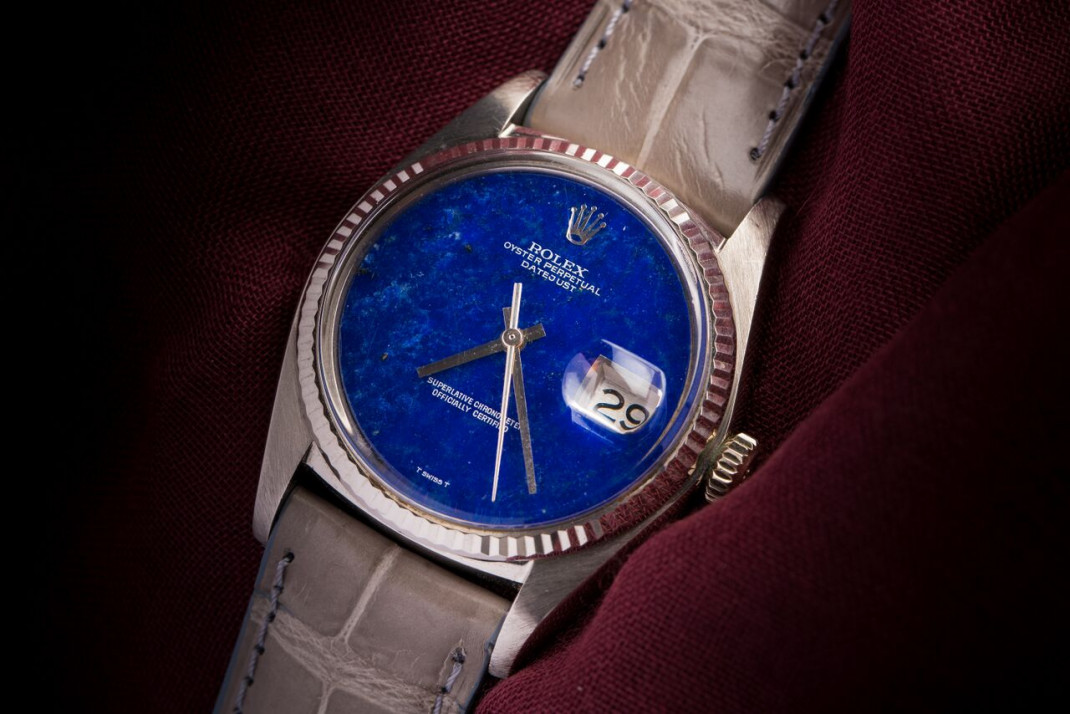
Hands on The World Is Yours Tourbillon by Jacob & Co.
Welcome to the hub of the horoloy
Blue Lapis Lazuli, also known as Lazurite, is a precious gemstone occasionally used in watchmaking to enhance the watch’s aesthetics. This stone is renowned for its deep blue hue, often interspersed with irregular lines or golden and white specks, giving it a distinctive and captivating appearance.
In watchmaking, blue Lapis Lazuli is primarily used as a decorative element, often featured in the dial or crown. Its rich color lends an air of luxury and sophistication, making it a popular choice for high-end and prestigious timepieces as a symbol of exclusivity and exceptional craftsmanship.
Lapis Lazuli stones are meticulously cut and polished to achieve a smooth surface suitable for integration into watch components. Due to its natural variations, each piece of blue Lapis Lazuli is entirely unique.


News Dubai Watch Week 2025 Will Be the Largest Ever with 90 Brands Participating

Technical The Frequency, Why It Matters in Mechanical Watches

Editorial The Secrets of Watch Case Design

Editorial Abraham-Louis Breguet, The Father of Modern Horology

Introducing Hanhart Unveils the Limited Edition Preventor HD12 Silk Purple